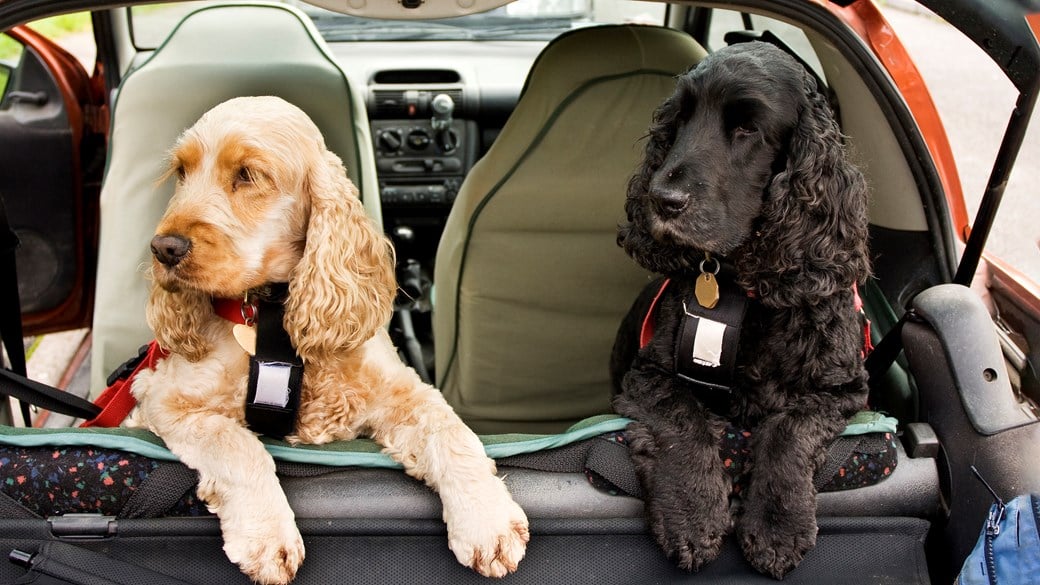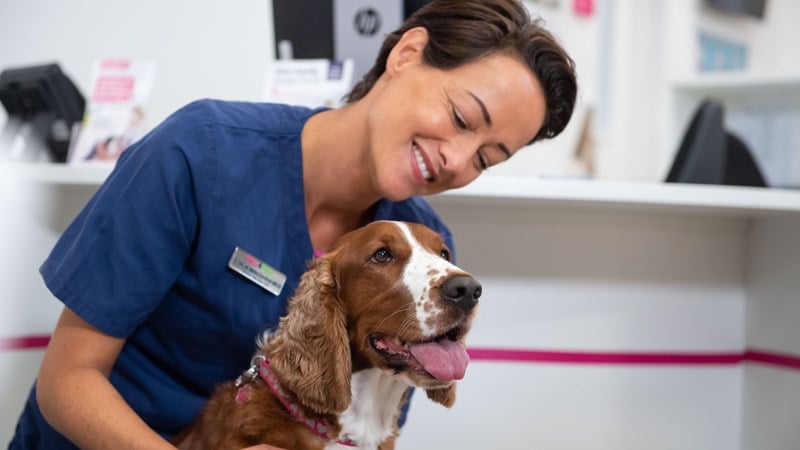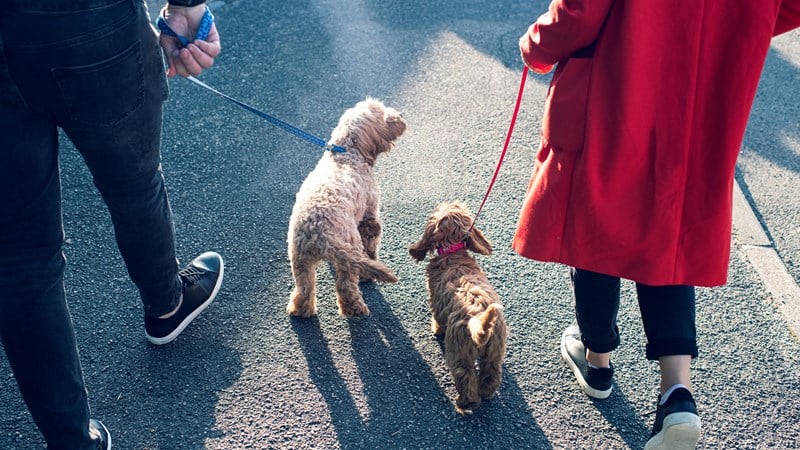
Getting puppies used to the car
Car travel can be really difficult so how do you keep your dog happy in the car? And what do you do if they don’t like life on the road?
Unless you don’t plan to leave the vicinity of your house with your dog, or have the ability to take your dog on public transport, most people end up wanting to transport their dog in the car. Unfortunately, car travel for some can be really difficult, as dogs can develop phobias or even true car sickness. So how do you keep your dog happy in the car? And what do you do if they don’t like life on the road?
For more information on car travel, see our advice on safe travel in the car and what to do if your dog gets travel sick.
More about getting your puppy used to the car
It’s hardly surprising that many puppies are initially wary of the car – after all, in many cases their first trip away from mum and their siblings was in a car, and despite the best efforts of their new owner, this is always going to be a stressful experience. As new puppies cannot be walked until after their injections, many pups then find their next car rides are to the vet – another experience that might not rate in their top ten!
It is also natural to want to comfort a puppy who may seem distressed or frightened by the car ride. Unfortunately, the message this accidentally transmits is that there is something to be frightened of. This can actually reinforce the fear behaviour, and might make the situation worse.
Finally, some dogs do develop true travel sickness. Being sick is unpleasant; these dogs quickly learn to associate being in the car with feeling sick, and naturally resist travelling. Although these cases are not uncommon, they are not as common as you might think. A lot of ‘car sickness’ is actually a fear reaction, and part of handling dogs which dislike travel is working out if the problem is a phobia, true travel sickness, or both!
It’s important that during your puppy’s socialisation period, the time when they are most receptive to new experiences, that you get them used to the fun of the car! This socialisation period lasts until your puppy is approximately sixteen weeks old and is the best time to get them used to a whole range of experiences.
As much as you can, make car rides or time in the car (you don’t always have to be moving!) as fun as possible. This can involve treats, play, and going to places they enjoy – although these places have to be ‘puppy friendly’ until after vaccinations are complete, and always make sure your pup is secure when travelling. If your pup doesn’t seem sure, even playing in the car with the engine idling on the drive can help get them used to the feeling of the engine vibrating. Don’t forget - it’s all about positive reinforcement. If your puppy is calm or having fun in the car, make sure to tell them how good they are being and reward that behaviour.
If you are finding that your puppy is scared of the car, don’t panic! The next step is to develop a plan to alter your puppy’s perception of the car, from something scary into something fun. This process is called ‘desensitisation’ and can take a little while, but is well worth any effort.
Where your plan starts will depend on how nervous or unsure your puppy is, and your vet or a trained behaviourist can help you with your plan. Generally, for very scared pups, simply feeding yummy treats or meals near the car is a good start-point. This can then build up over time, until you are feeding in the car, and then in the car with the engine on.
Playing fun games near the car, and giving lots of fuss if your pup goes near or in the car of their own accord, is also really important. This builds up confidence in and around the car – your puppy needs to be happy with being in the car before you consider adding in any travel.
For pups who are only a little nervous you may be able to skip some initial steps, but don’t rush. It’s better to build these positive associations slowly, as you may find your puppy starts going backwards if they are pushed too hard or too fast.
Once your puppy is comfortable in and around the car, it’s time to get moving! This should be to the end of the drive and back at first – and then out for a big play session and lots of praise! Continue slowly increasing the time in the car, and make sure journeys always end with something fun. We want your pup to start looking forward to their next journey! As you gradually increase the journey length you should find that your pup is happy to spend time in the car as they know that the outcome will be positive. If at any point your dog starts to seem worried, just drop back a step, and let them get comfortable – you probably just moved them forward a little too fast.
Motion sickness can be a problem for dogs that are travelling, and can also contribute towards the development of phobias of travel.
Health Plans to keep your puppy healthy
At Vets4Pets we offer a range of Health Plans that make essential routine treatments more affordable. You'll save money on things like annual vaccinations, flea and worm treatment and routine health check-ups.

Join our free VIP Puppy club
Join the club for expert advice and tailored offers, including £30 off our Complete Care Health Plans

Puppy & Kitten Advice
Giving your pet the best start in life begins with getting the best expert advice.
